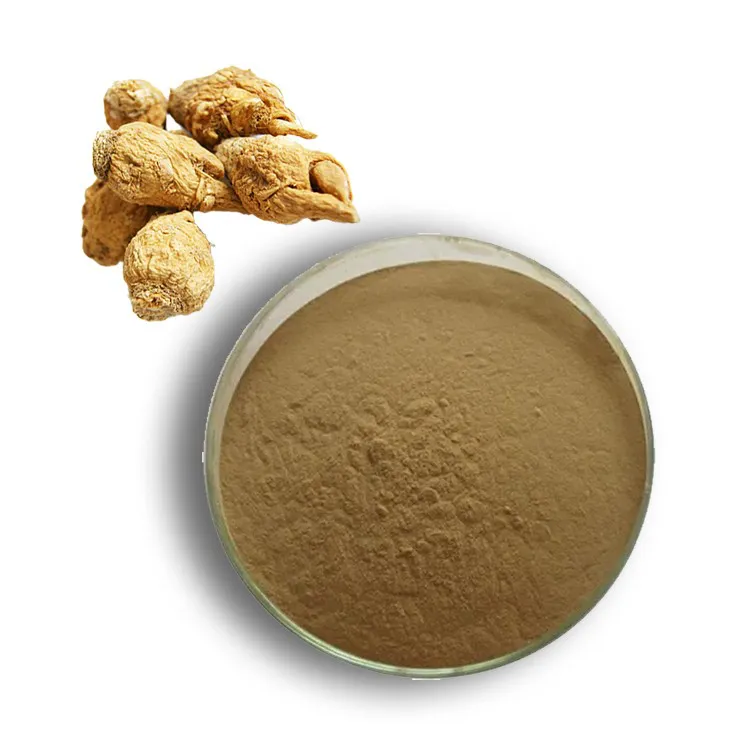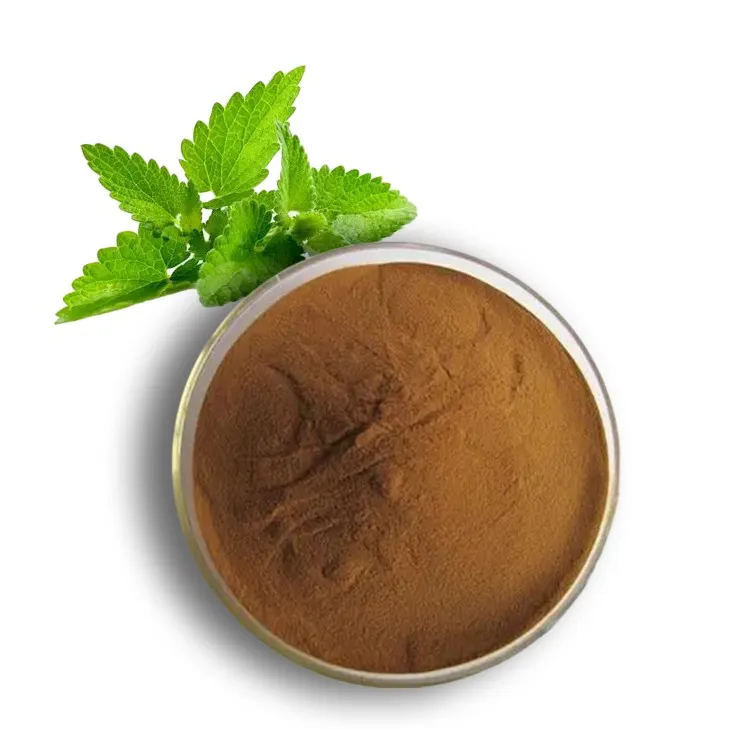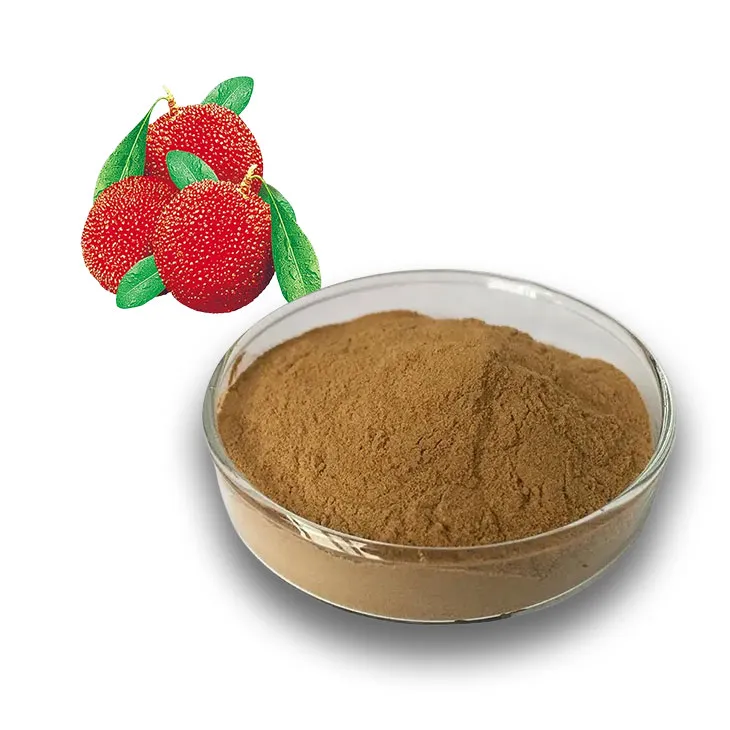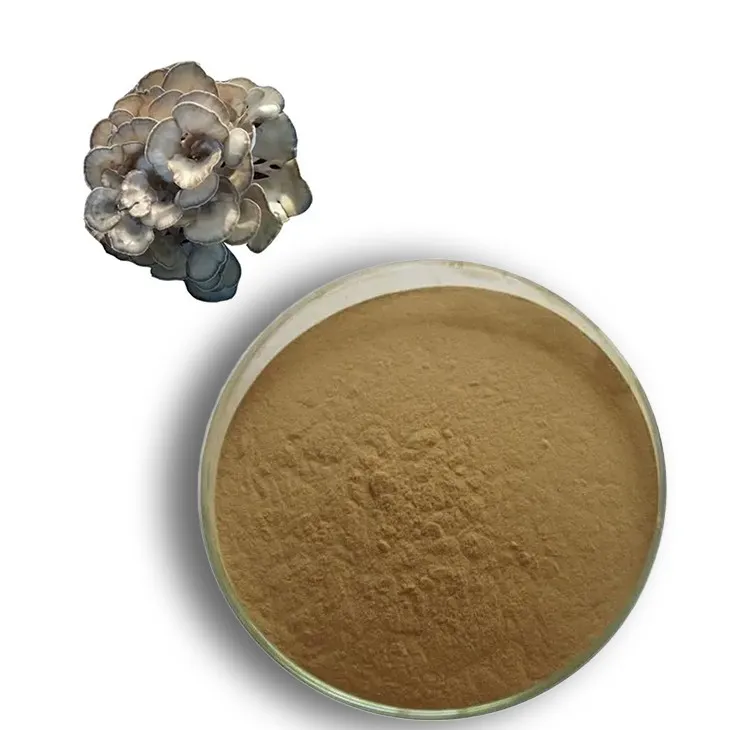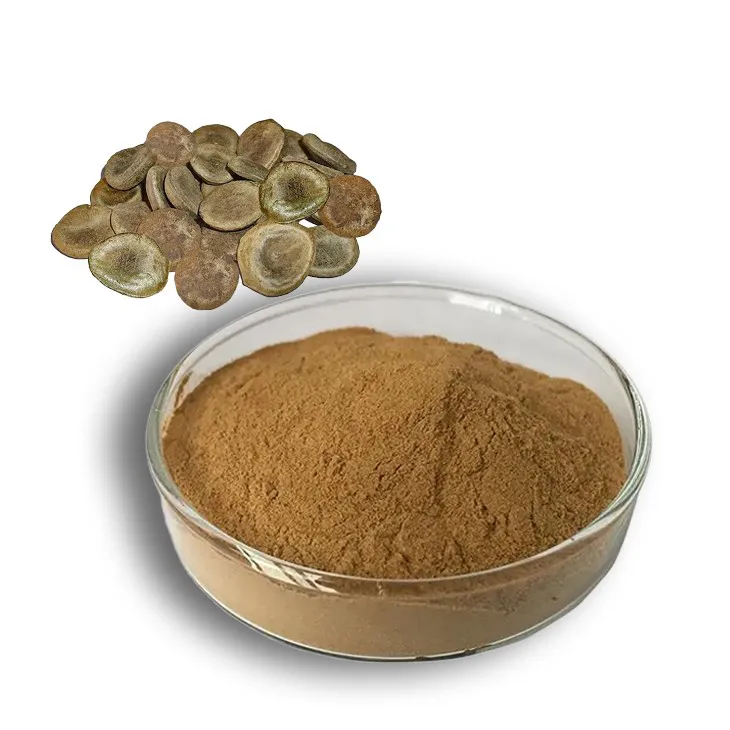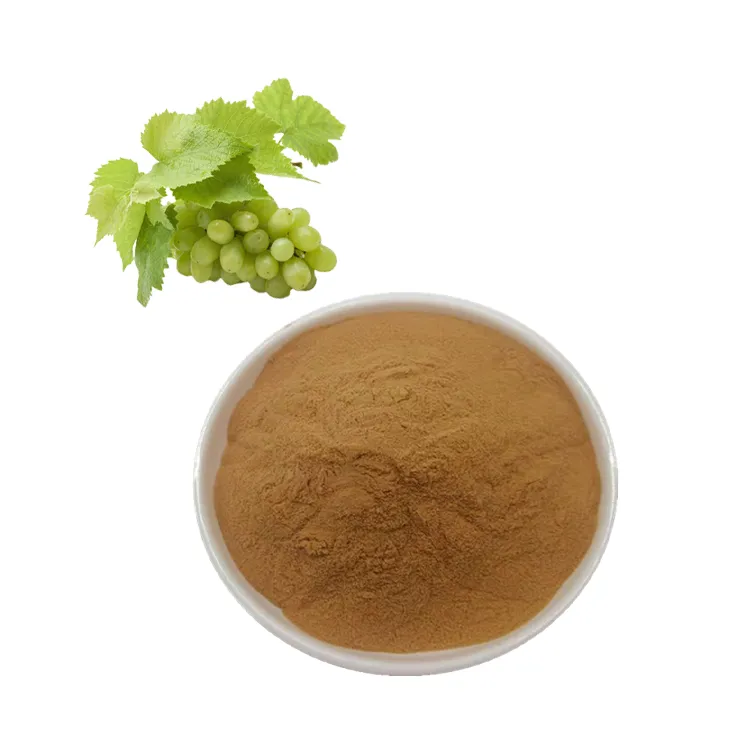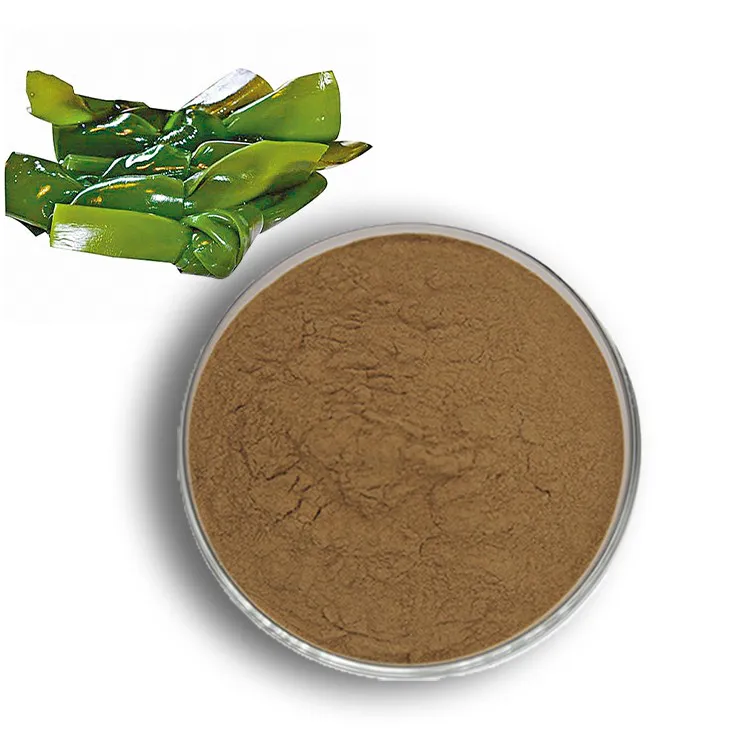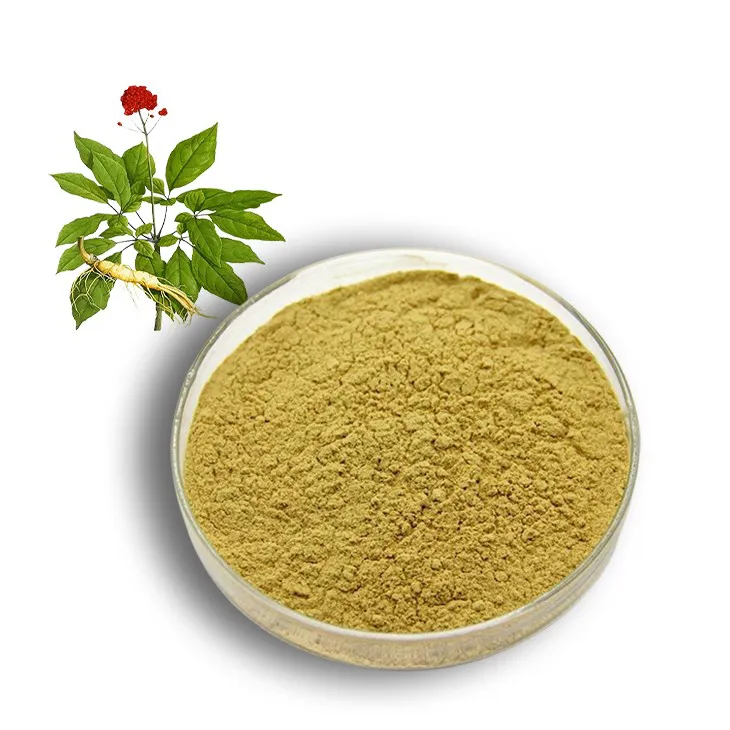- 0086-571-85302990
- sales@greenskybio.com
Can Cranberry Pills Alter Urine Color?
2025-08-14
Cranberry supplements, often available as pills or capsules, have become popular due to their reputed benefits for urinary tract health. They are used extensively by individuals seeking natural ways to prevent or manage urinary tract infections (UTIs). While these supplements are praised for their beneficial properties, one question that arises among users is whether cranberry pills can lead to changes in urine color. This article explores the potential influence of cranberry pills on urine color, backed by scientific insight and expert observations.
The Composition and Benefits of Cranberry Pills
Cranberries, the basis of cranberry supplements, are small, vibrant fruits renowned for their high content of antioxidants, vitamins, and other beneficial phytochemicals. Among these components, proanthocyanidins (PACs) are significant due to their ability to impede bacterial adhesion within the urinary tract, thus offering protection against UTIs. Cranberry pills concentrate these active ingredients, providing a convenient and sugar-free alternative to drinking cranberry juice.
Beyond urinary tract health, cranberries are known for their anti-inflammatory and cardiovascular benefits, contributing to an overall wellness profile. However, like any supplement, they can influence bodily functions, including potentially altering urine color — a topic that warrants careful exploration.
Factors Affecting Urine Color
Urine color is a complex indicator of health, influenced by a myriad of factors. Normally, urine ranges from pale yellow to deep amber due to a pigment called urochrome. The concentration of this pigment is affected by the individual's hydration level; adequate hydration typically results in lighter urine, whereas dehydration can lead to darker shades.
Several other factors can affect urine color, including:
Diet: Consuming certain foods, like beets or carrots, can introduce pigments that alter urine color.
Medications: Many medications, including some antibiotics and laxatives, have side effects that include changes in urine color.
Supplements: Supplements, like vitamin B-complex, are known to intensify urine color, often turning it bright yellow.
With these points in mind, the question becomes whether cranberry pills contain any substances capable of impacting urine color.
Can Cranberry Pills Change Urine Color?
Given the composition of cranberry pills, it is natural to question whether their regular consumption might influence urine color. Cranberry supplements generally contain concentrated extracts from the fruit, including its red pigments known as anthocyanins. Despite this, there is limited scientific evidence directly linking cranberry pills to specific changes in urine color.
Some anecdotal reports suggest that cranberry pills might cause a slight pink or reddish tinge in the urine. However, such instances often vary between individuals and are not universally experienced. If urine color changes, several factors must be considered, including supplement dosage, individual metabolism, and the presence of other dietary contributors.
Understanding Anthocyanins
Anthocyanins are water-soluble pigments responsible for the red, purple, and blue hues in many fruits and vegetables, including cranberries. These compounds are recognized for their antioxidant properties and health benefits. While they can impart color to the substances they contact, the extent to which they influence urine color remains uncertain.
In comparison to beets, which clearly alter urine color due to betacyanin pigments, cranberry-derived anthocyanins are less likely to produce visible changes in urine. Even though cranberry juice might temporarily color urine when consumed in significantly large quantities, cranberry pills typically contain lower levels of pigments.
Evaluating Scientific Evidence
Research focusing specifically on the impact of cranberry pills on urine color is sparse. Studies typically emphasize the efficacy of cranberries in preventing UTIs or their antioxidant capacities, without detailing their effects on urine appearance. As such, the direct correlation remains speculative, and existing literature does not support any significant change in urine color attributable to cranberry pills alone.
Furthermore, additional factors, such as the interaction of cranberry pills with other supplements or medications, as well as individual variations in metabolism, could contribute to anecdotal reports of urine color changes.
If You Notice Urine Color Changes: What to Do
For individuals observing a change in urine color after consuming cranberry pills, it is important to consider several steps:
Monitor: Keep track of any other dietary changes or new supplements, as these may be influencing the observed changes.
Hydration: Ensure adequate hydration, as this significantly affects urine color and can dilute any potential pigment effects.
Consult a Healthcare Professional: Persistent or unusual urine color could indicate an underlying medical condition. Consulting a healthcare provider will help identify the root cause.
In rare cases, urine color changes could signal an adverse reaction or indicate renal issues, emphasizing the importance of professional guidance.
Conclusion
Cranberry pills offer substantial benefits, especially concerning urinary tract health, yet their impact on urine color appears limited based on current evidence. While anecdotal accounts suggest slight color variations, these are not extensively documented or proven across broader populations. Individuals considering cranberry supplements should weigh their potential advantages against any personal observations of physiological changes, remaining informed and cautious.
Urine color is a nuanced reflection of numerous factors, from hydration levels to dietary inputs and medical conditions. Ensuring a balanced intake while consulting healthcare professionals when abnormalities occur will aid in promoting optimal health outcomes. Cranberry pills remain a safe choice for most, offering health benefits that continue to garner interest and further research.
- ▶ Hesperidin
- ▶ Citrus Bioflavonoids
- ▶ Plant Extract
- ▶ lycopene
- ▶ Diosmin
- ▶ Grape seed extract
- ▶ Sea buckthorn Juice Powder
- ▶ Fruit Juice Powder
- ▶ Hops Extract
- ▶ Artichoke Extract
- ▶ Mushroom extract
- ▶ Astaxanthin
- ▶ Green Tea Extract
- ▶ Curcumin
- ▶ Horse Chestnut Extract
- ▶ Other Product
- ▶ Boswellia Serrata Extract
- ▶ Resveratrol
- ▶ Marigold Extract
- ▶ Grape Leaf Extract
- ▶ New Product
- ▶ Aminolevulinic acid
- ▶ Cranberry Extract
- ▶ Red Yeast Rice
- ▶ Red Wine Extract
-
Maca Extract
2025-08-14
-
Peppermint Extract Powder
2025-08-14
-
Bayberry Extract
2025-08-14
-
Diosmin
2025-08-14
-
Maitake Mushroom Extract
2025-08-14
-
Kupilu Extract
2025-08-14
-
Curcumin Extract
2025-08-14
-
Grape Leaf Extract
2025-08-14
-
Kelp Extract Powder
2025-08-14
-
Panax Ginseng Leaf Extract
2025-08-14











